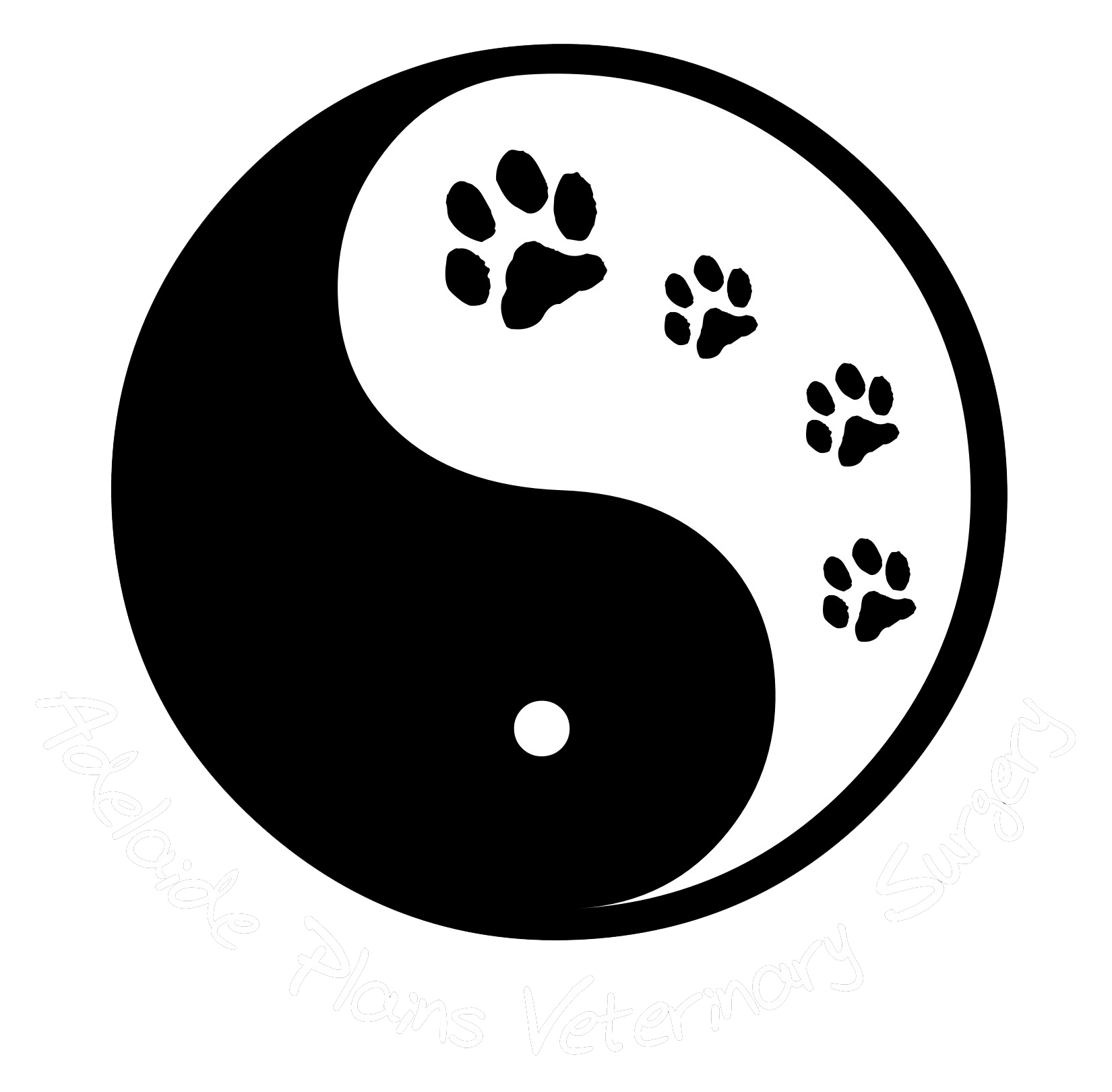Adelaide Plains Veterinary Surgery
Call: (08) 8520 3600
Mon-Fri (8am - 6pm)
Sat (8:30am - 12pm)
Problems at Birth
What happens if my dog has trouble delivering her puppies?
Although the majority of dogs will give birth without the need for veterinary assistance, problems can arise which require veterinary attention. It is important to closely monitor your pet during birthing and seek veterinary care if you have any concerns.
How will I know that she is starting?
When whelping or birth is imminent, the female often stops eating (although this is not always the case) and her rectal temperature often drops below 38.1°C. The female will often go into a corner or a quiet room and start scratching to make her bed. If you see any of these signs, you may wish to contact your veterinarian since this is the first stage of labor, when the birth canal starts to dilate.
This is followed by second stage labor when the female starts to forcibly contract her uterus. These contractions start gradually and increase in intensity, frequency and duration. If intense contractions have been occurring for twenty to thirty minutes without a puppy being born, it is important to contact your veterinarian.
Other situations where veterinary help may be needed include:
- A mother straining for eight to ten minutes with a puppy or a fluid filled bubble stuck in the birth canal
- A female with a body temperature of more than 39.5°C
- A green discharge from the vagina without puppies being born
Are puppies, like babies, sometimes born prematurely?
Premature delivery does occur but it is not as common as you might think. Often these so-called premature deliveries have actually been an error in mating dates or a miscalculation in gestation period (period of pregnancy), which is usually sixty-three (63) days.
How can I tell if the pups are premature?
Truly premature puppies may be small, thin and have little or no hair. Survival is possible but they require an enormous amount of care and often have to be hand fed since they are unable to suckle. Sometimes they have to be fed by stomach tube.. If necessary, your veterinarian will show you how to do this.
Mothers will often reject premature puppies and these puppies soon die of hypothermia (low body temperature). Excessive heat (hyperthermia) can be just as harmful as hypothermia so the temperature of the puppy’s environment must be carefully controlled. Environmental temperature must be maintained at around 30°C and the box must be large enough so that the puppies can move away from the heat source if necessary.
The puppies must also be kept in a moist atmosphere if they are being raised away from the mother. The mother usually licks and cleans the puppies frequently. As a result, not only is the environment warm, it is also moist. You can provide a moist environment by placing warm, damp cloths in the box with them.
How long will I have to hand raise premature puppies?
Once the puppies are stronger and able to suckle, the mother will very often take over herself. It is very important to try and ensure they are fed her “first milk” or colostrum which contains necessary antibodies to help prevent infection in the newborn puppies.
If the puppies can suckle, your veterinarian will show you how to hold them on to the mother’s teats. If this fails, your veterinarian will advise you on milk replacement formulas and proper puppy bottles.
Although it can be rewarding if the puppies survive, hand raising puppies is extremely challenging and many puppies fail to survive.
Are some of the puppies likely to be stillborn or die shortly after birth?
With animals that have multiple births, like dogs, it is not unusual for some of the offspring to either be born dead or to die shortly after birth. Sometimes a stillborn puppy will disrupt the birthing process resulting in dystocia or birthing complication. At other times the dead puppy may be born normally.
Determining the cause of these neonatal deaths is often impossible without a full post mortem examination (necropsy or autopsy), including bacteriological cultures and submission of tissues to a histopathologist.
Some causes of neonatal death can be prevented. It is important to consult with your veterinarian regarding any problems with your pet’s pregnancy or whelping.
I am told that with some breeds Caesarian-sections are more common than a normal delivery. Is this true?
Unfortunately, certain breeds do seem to have increased risk of dystocia (difficult birth) resulting in the need for a Caesarian-section or c-section surgery. Breeds with broad heads or flat faces tend to have a higher incidence of birthing problems. The timing of this is always difficult. If surgery is performed too late it can result in dead puppies and if embarked upon too early, the puppies may be premature. It is a matter that always requires full and frank discussion between you and your veterinarian.
